During our world tour we visited India for the first time. To be honest, India is the destination we were the most worried about visiting. We had long hesitated to include this country, known as being difficult to approach, in our world tour. However, we were very curious to discover the wonders of India and immerse ourselves in the Indian culture.
On our way around the world, we met lots of travellers who had already visited India. Their impressions and feedback were very mixed. We felt like they had either fallen in love with the country or they hated their stay.
For us, the takeaway is also mixed and our journey went between difficulties and wonders. We were unlucky and accumulated issues right at the start of our stay (when we encountered very few problems over the rest of our round the world trip). It might have been just bad luck (or that we were incredibly lucky in every other country we visited). In the end, it all ended in beauty.
There is no question that India is not an easy country to visit but it is an incredible trip and we 100% recommend going there !
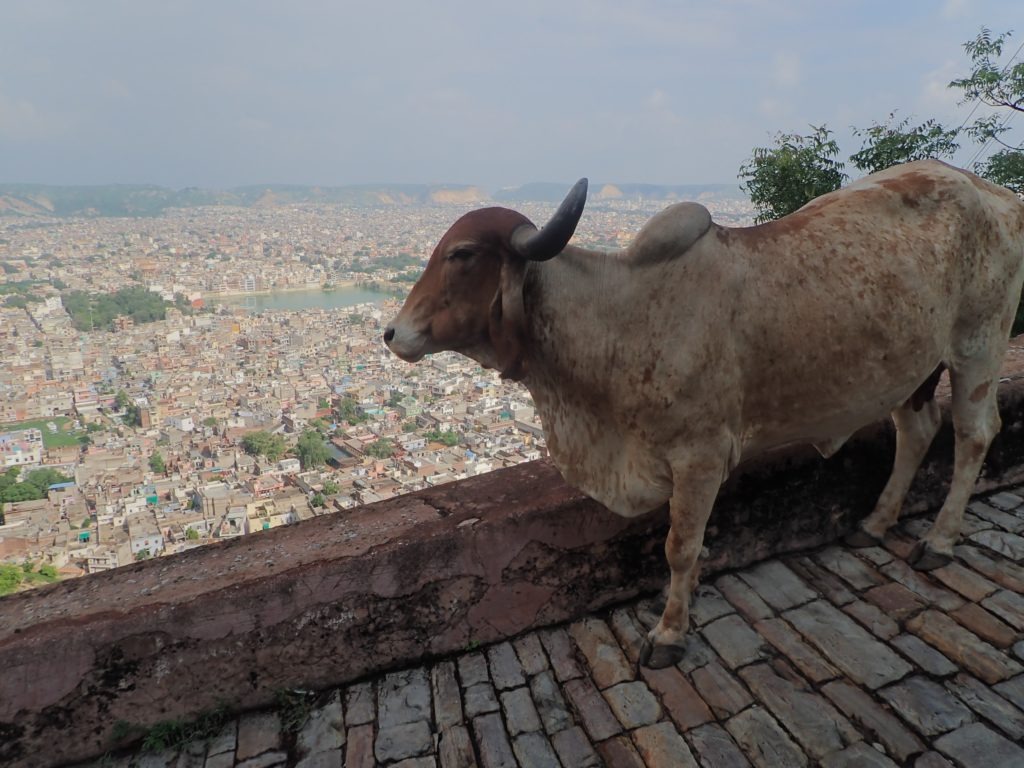
Here are our tips for a peaceful first visit to India. What worked well for us and what we wish we had done differently:
1. Plan a substantial budget to be comfortable
If we were always trying to save money during our world tour, we also decided not to be too close to our money in India. In retrospect we even think that we should have planned an even bigger budget, or even save this trip for later when we wouldn’t be travelling on a budget.
In fact, the easiest way to get around comfortably and to feel fully secure is to book a driver and a private guide. This option is particularly relevant if this trip makes you anxious to begin with. The majority of the tourists we met there had opted for this option and were very happy about it. They had never felt insecure and didn’t had to deal with any of the hassle we had to face.
This option was completely off budget on our world tour, so we approached our visit to India backpacking like the rest of our world tour. It is important to note that we also met some travellers on a budget in India (fewer though) who loved their stay and who wouldn’t have done it any other way.
Personally, we were careful to increase our usual budget for the following points:
Housing
Choosing good hotels always make a different for our mental and physical state, especially in places we know can be tiring. We avoided the cheapest options and took our time to read the reviews and study the photos to be sure to choose a safe and clean accommodation. Also watch out for noise, a recurring problem in Indian cities. We have booked two classic hotels and two accommodations on Airbnb (find our accommodations in our article: 2-week itinerary in India). By targeting the mid-range options we were pleasantly surprised to get very comfortable and clean accommodations.
Transports
For the long journeys, we always prefer to take the train. Again, we upgrade our budget to book the upper classes. In particular for our overnight trip where we were in first class / First AC (and it was still very dirty). For the shorter journeys we opted for the class AC 3 tier (the class beneath the first class and AC 2 tier but still air conditioned).
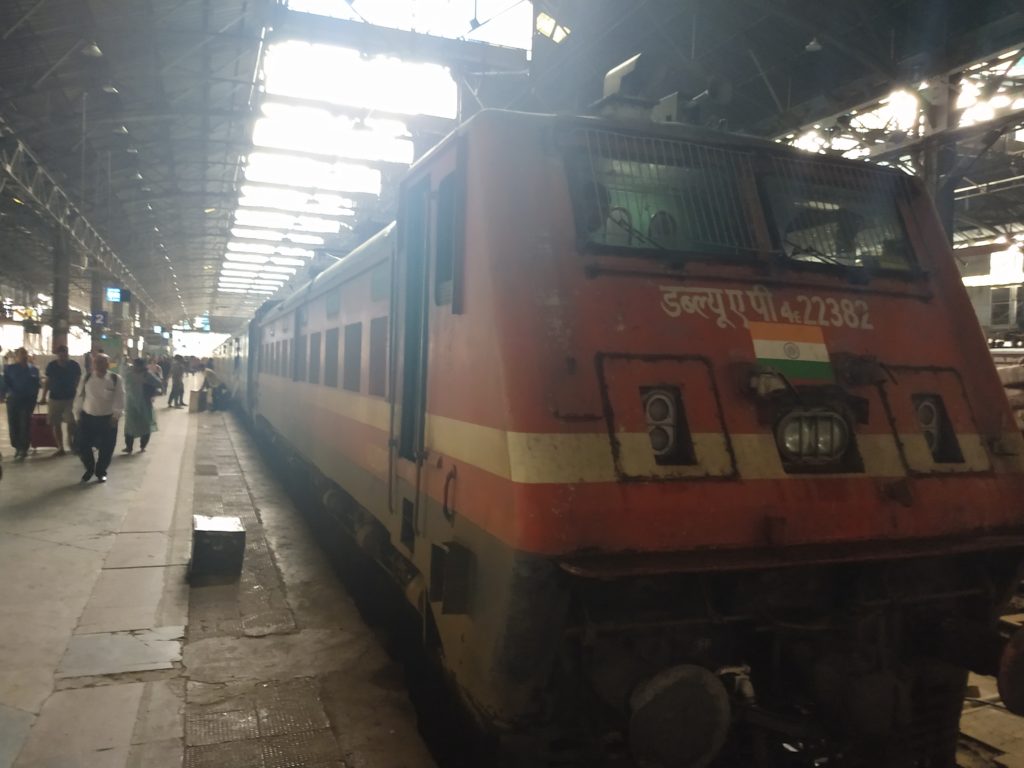
Public transport
In cities, we used the metro when we were accompanied. For our trips alone we preferred to turn to private transport on Uber rather than public transport and tuk-tuks. Taking a tuk-tuk is an experience not to be missed but watch out for scams and always negotiate the price before getting in.
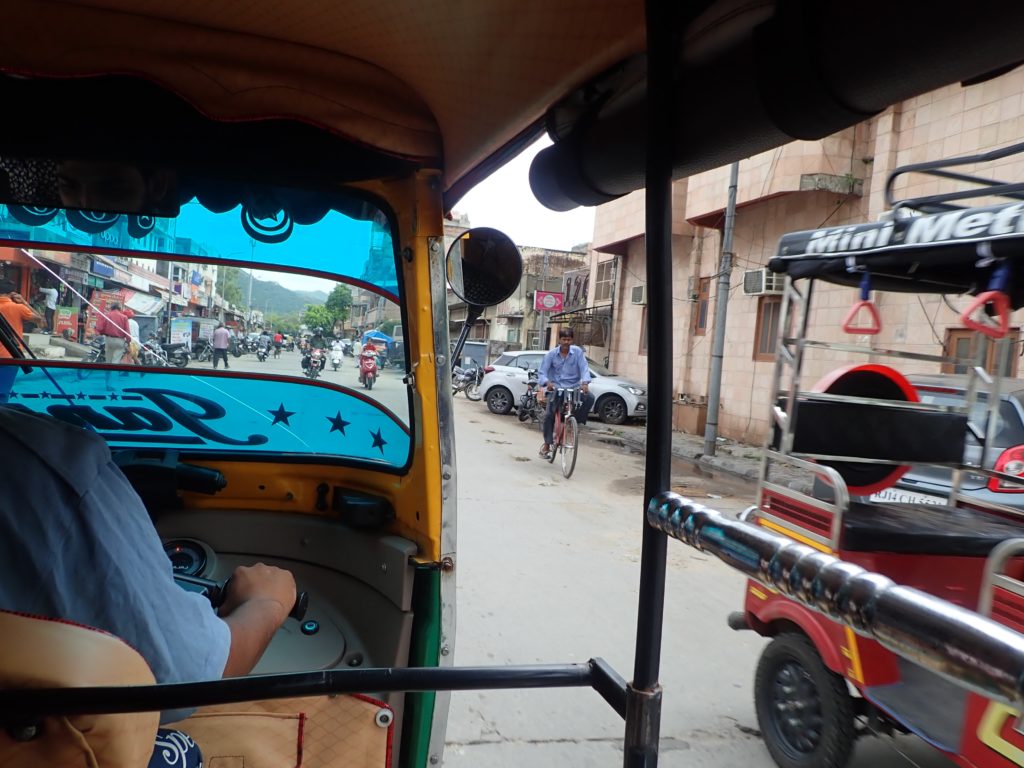
Activities and excursions
Finally, we were very happy to have some budget left to take part in guided tours, point which we will develop below.
2. Take guided tours
Cities like Delhi or Jaipur can be extremely intimidating the first few days. We strongly recommend, at least for the first half day, to book a tour with a guide. In some of these tours are included (or you can ask for) help to: take public transport, to buy tickets, avoid scams and choose where to eat. It helped us a lot, and in Jaipur we even did two full days with a guide.
Again, if you can afford it, you can book a guide and a private driver for all or a good portion of your trip. These reservations are generally made by agencies, either in your country of origin or with Indian companies by telephone or email (again, as with any remote transaction, be vigilant for scams).
Another option, if you are very nervous, is to take part in a fully organised group trip. This option leaves little freedom on the program but could be very interesting too.
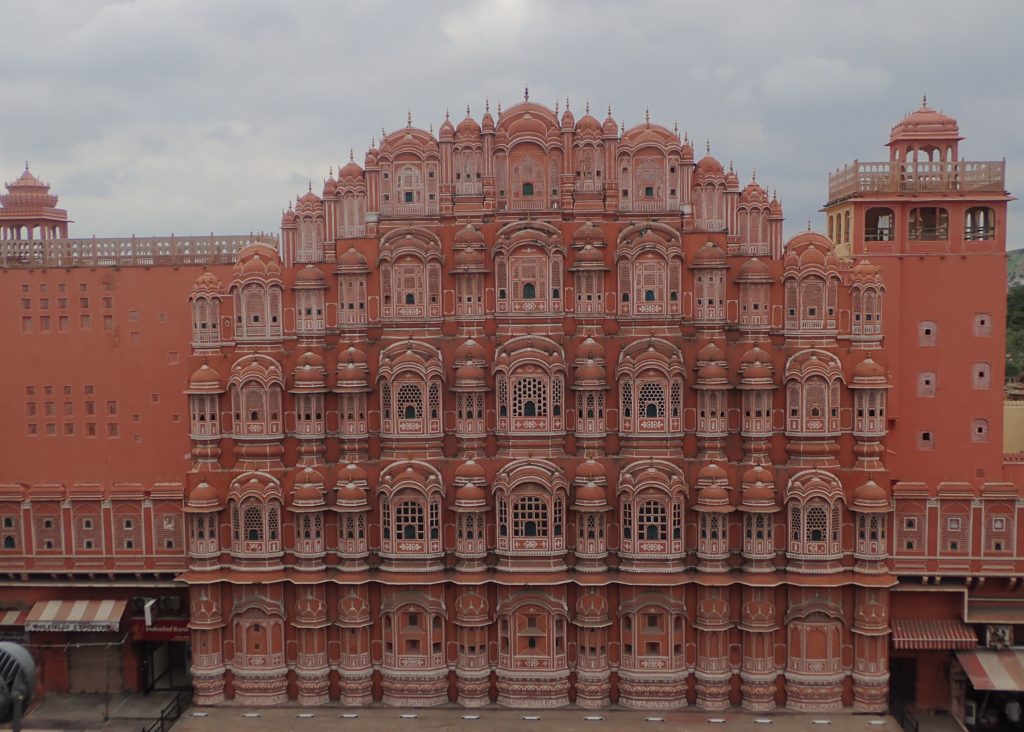
3. Book in advance
This advice is especially valid if you go to India during the most touristy period (which extends from May to June) and in the places most popular with tourists.
First of all, you must imperatively apply for your visa online before your stay. Find all the information on your government website. At the time of our trip in 2019, the tourist visa was $80. You need to provide a photo and be careful when uploading everything because if something is not correct you might be asked to pay again to re-apply.
The upper classes of trains are very quickly fully booked, we advise you to make your reservations several weeks in advance. Find all our tips for booking your trains in India.
For hotels, there are two schools. Some prefer to visit the hotels on site, ask to see the rooms before making their decision. Be careful though, the risk is finding the best hotels are already full. It is also risky if, like us, you have a train delay and arrive at your destination at night.
We preferred to make our reservations in advance, and nothing prevented you from changing hotels if we were not satisfied on the spot. We recommend in India, more than any other destination, to spend time researching accommodation recommendations online, reading reviews, and viewing photos.
4. Dress properly
In the end, for us, the most difficult to bear during our stay in India were the insistent looks we were constantly getting from locals. We were often the only tourists and sometimes had dozens of faces turned towards us staring without even blinking. Unfortunately, these looks were often even harsher on Clémentine.
For women in particular, we advise you to respect the dress codes. This will not save you from glances, but you will certainly feel more comfortable. Cover up as much as possible, long skirts, loose pants, shirts or long-sleeved t-shirts which should be fairly wide too. In Asia, and in particular forecasting for India, we updated our wardrobe. We very happy to have done so.
We haven’t tried it ourselves but some travellers even recommend covering your hair to try to be less noticeable.
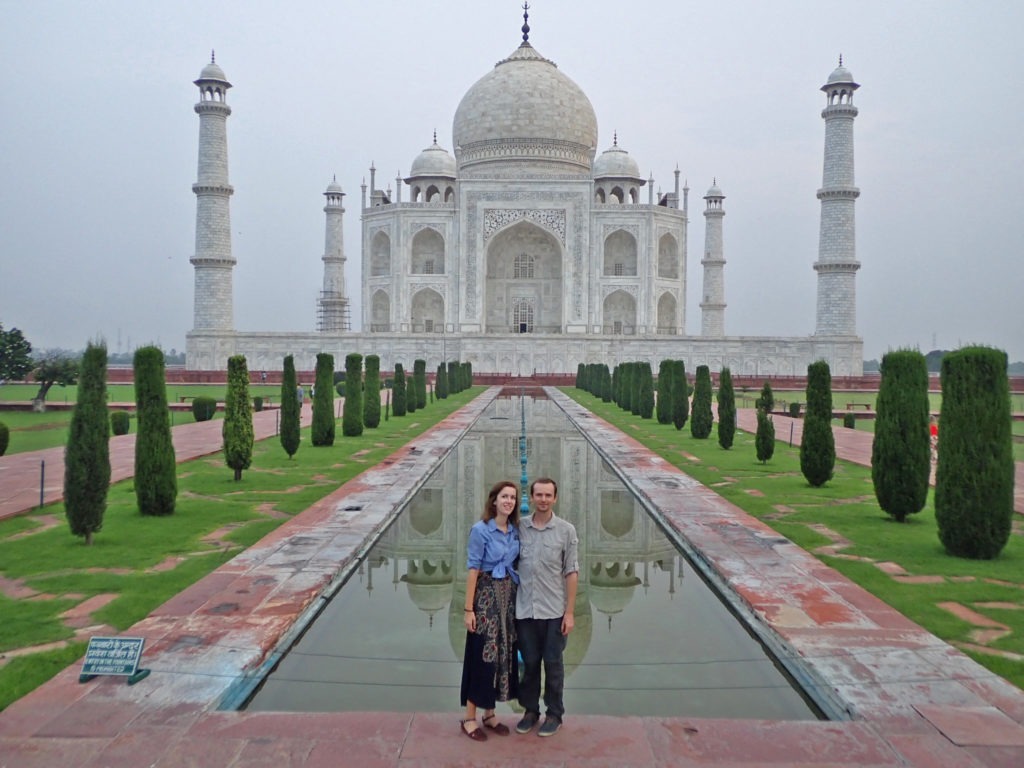
5. Prepare for noise, chaos and dust
The recurring stereotypes on India are: it is dirty, it attacks the senses… It would be difficult to say that this is not true and it is better to go there knowingly. India is beautiful, it’s colourful, it’s alive but it’s also noisy, exhausting and sometimes smelling badly.
Always be alert. Also, walking around can be very difficult because of traffic, lack of sidewalks and people who can accost you for various reasons.
Visiting the cities and tourist sites will not be a relaxing vacation, but there are also beautiful heavenly places to relax at in India.
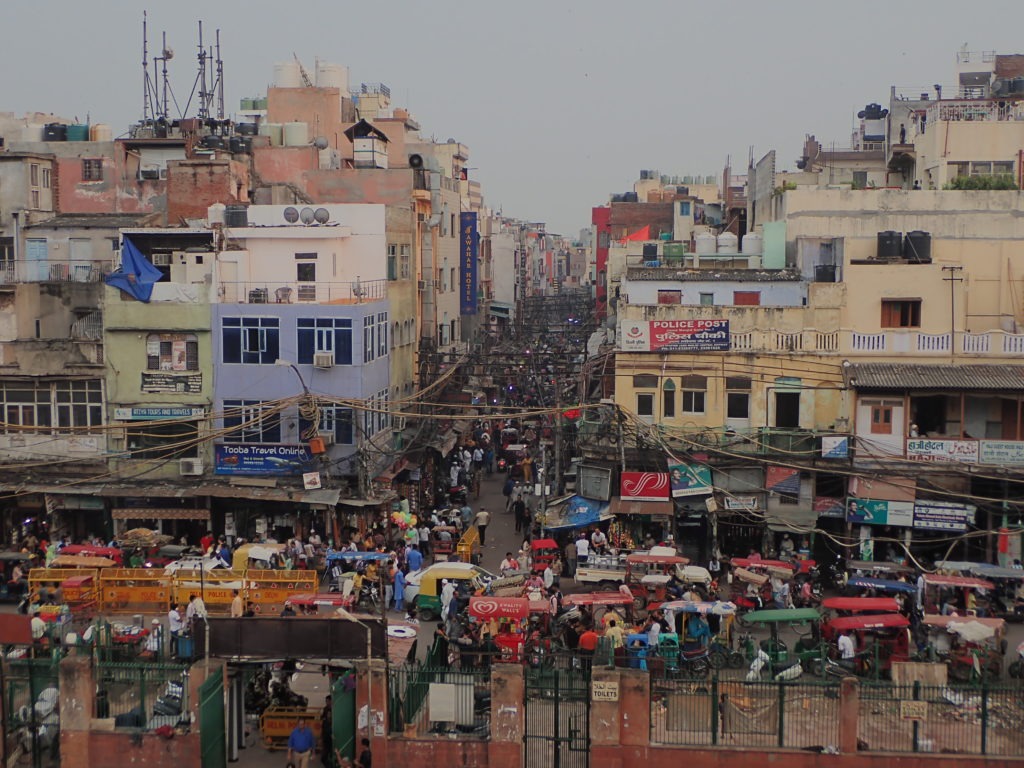
6. Don’t be afraid to enjoy gastronomy
We haven’t talked about the best of India yet: the food! Each of our meals was absolutely delicious and we never ate the same thing twice whether it was cooked at home, in a restaurant or on the street. There are so many flavors to discover, each region and community has different specialities. The real problem is knowing how to stop. Especially when you see the disappointed looks of the cooks when, on the verge of a liver crisis, you have to tell them that you can’t take another bite! Our mouth is watering writing these lines!
Another cliché of travelling to India is travellers getting sick with the food. We did not have a single concern during our two weeks in India. We tasted everything, even street food. Admittedly, it is possible that after almost a year around the world our stomachs were then stronger than that of a tourist who has just arrived from his home. However, if there is one country where it would be a shame not to take a few risks to eat local it is definitely India!
If you have any doubts, the easiest way is to follow the locals. As explained in our point number 2, book a guide, at least for the first day. Ask him for all the good addresses in the city and street food specialities. The guides will know the restaurateurs with hygiene levels which are are adequate for sensitive foreign stomachs. Each region, neighbourhood, family (depending on beliefs and religions) cooks its own specialities. We advise you to taste as much as possible. Even on a budget, do not hesitate to go to the restaurant. The prices are not high and the portions are always huge, you can order a dish for two without fear of leaving hungry.
Here are some tips a local friend gave us : “About food, a couple of sentences won’t do any justice. I’ll need a whole book just to give brief description of the different varieties of cuisines that can be found here. It depends where you go and what you prefer to eat, even the pickiest of eaters will find something amazing for them. I don’t think it would be wrong to say that this country is perhaps the most vegetarian-friendly.
Whatever your taste, there’s bound to be something and no dish will be similar to another. There’s a million colours and taste when it comes to Indian food. It’s not all just butter chicken and westernised versions of Indian food. Try local stuff, and you’ll hit the jackpot.”
Our principles to avoid getting sick
Like everywhere else, we respected our principles to avoid food and water related health issues. First of all, we always filter our water with our Water-to-Go bottles and / or our Sawyer filter. It exists now many other brand for filters, do your research and get one, it is a life saver and so much better for the environment. If you don’t have a filter, beware in India from where you buy water bottles, the caps can be re-glued (like in the movie Slumdog Millionaire).
Also, we always avoid eating raw vegetables or fruits that have not been peeled or washed by us. We were in India during the rainy season which increase the risk of bacteria in meat, so we hardly ate any. It is also in accordance with our principles, and it is a country where it is so easy to eat vegetarian (or vegan for Clémentine who is allergic to lactose) it as not a problem at all and we never felt like we were missing on anything.
To choose the restaurants we mainly used recommendations from the hotels, guides or friends. We have always checked on the spot that we were reasonably comfortable with the hygienic aspect. However, like everywhere in Southeast Asia, we advise you not to look towards the kitchens or you will hardly eat anywhere. For street food, we only relied on trusted recommendations. As a rule, we avoid raw vegetables, meat and fish in the street, and we choose stalls which are the most popular with locals and where the food is cooked in front of you.
To find ideas for dishes to try and restaurants to visit check out our other article on India.
7. Make nice encounters while remaining vigilant with scams
Of course you may face many demands on the streets and near tourist sites. Watch out for scams! However, stay open to meeting people, in India you can easily make friends with incredible people.
We ourselves were invited by one of our guides to eat with his family. But we were especially lucky to be taken care of by friends of friends in some cities. They took us on tours, invited us to eat at their house and even to sleep there for a few nights. Indian food is even better among Indians, shared with the family!
With regard to the language, more than 200 different mother tongues are spoken in families. The official language is Hindi and English is the second official language. In the street almost everyone speaks Hindi. It is always good to learn some basics. However, Hindi is difficult and we ourselves have struggled to go further than “Namasté”. English is widely spoken in all tourist places, hotels and restaurants. If you do not speak English at all it may be more difficult, and if you are worried we advise you to hire a guide for your entire stay or to go on a tour.
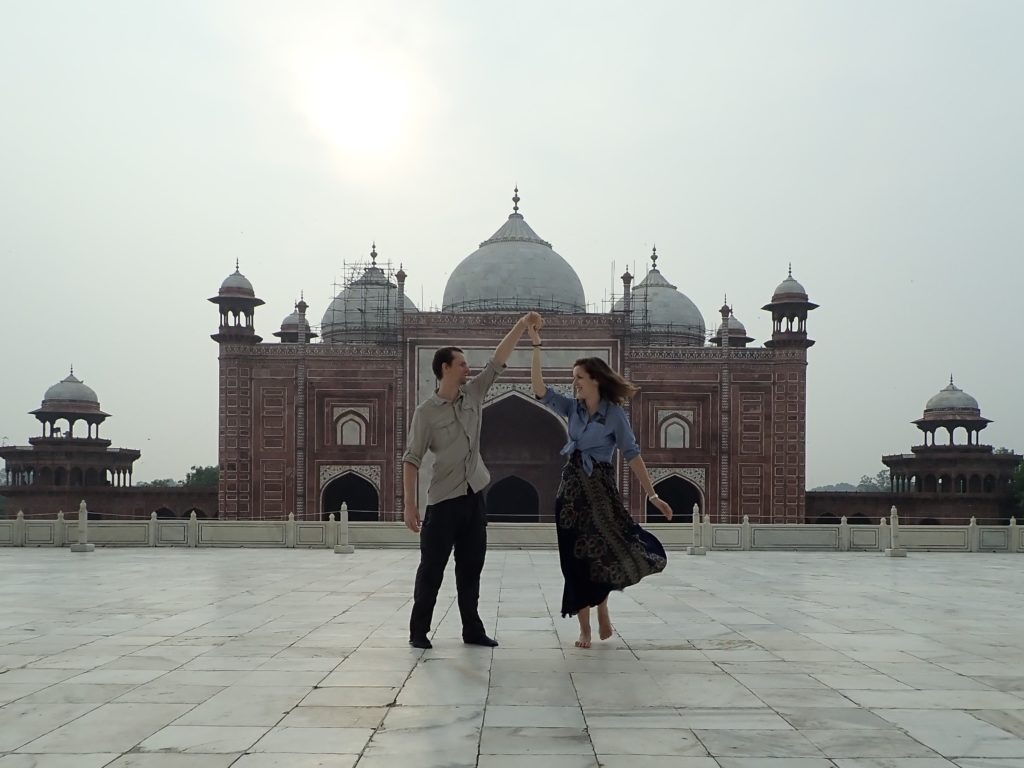
Our journey in India
We talk about our route in our other article India: Delhi, Agra, Jaipur and Mumbai. As we only had two weeks to go from North starting in Delhi to the South finishing in Mumbai we only made two stops en route: Agra and Jaipur in Rajasthan. These destinations are far from being the easiest, in particular Dehli. We stayed in very big cities and tourist spots. However, in rural villages the atmosphere is less stressful.
You should also know that the South has a much better reputation than the North, and the welcome would be much warmer. Already in Mumbai we have seen a huge difference. Everything was easier, starting with walking alone in the streets. Indeed, there were sidewalks, the traffic was a little better organised and we were less the target of insistent looks. The southern regions also offer magnificent beaches (more or less known such as Goa) and even superb diving spots.
Here are tips from an Indian friend: “Besides frolicking around the obvious tourist attractions in Rajasthan or the other northern parts of India, do visit the South. It has some of the most calmest and beautiful beaches, though weather is on the scorching side during the summers. If relaxing and walking around tea gardens and coffee plantations is your thing, then definitely check out Coorg.
We hope your stay in India will be marvellous, please share your experience with us in the comments.

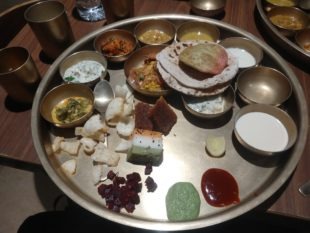
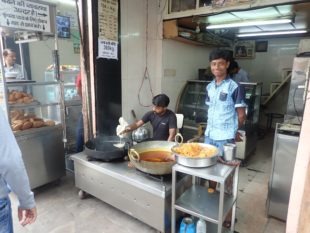
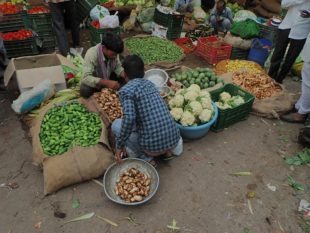
No Comments